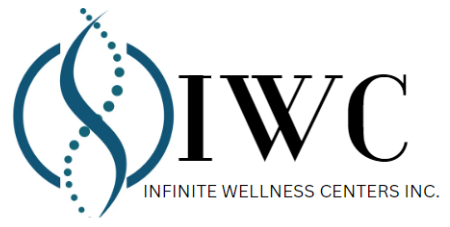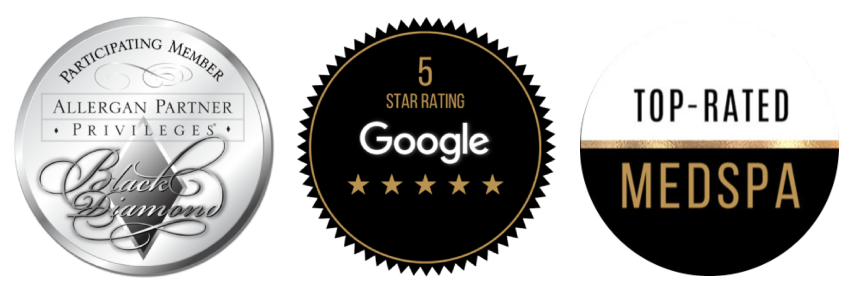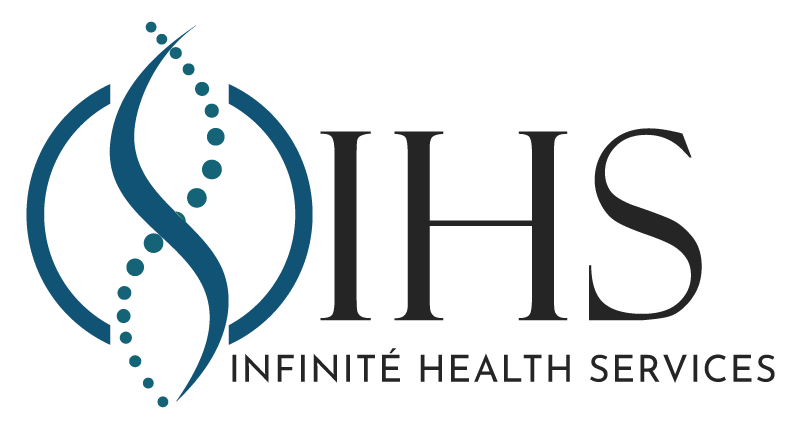Releasing or “regenerating” human cells, tissues, or organs to replace or establish general function is regenerative medicine. By restoring damaged tissue or activating the body’s natural healing mechanisms to mend tissues or organs, this discipline holds the potential of restoring damaged tissues and organs in the body. Thanks to regenerative medicine, scientists may be able to produce tissues and organs in the lab and safely implant them when the body cannot mend itself. According to current projections, regenerative Clearwater medicine might assist one out of three Americans. You can get Clearwater surgery-free treatment using that medicine.
What is a Regenerative Medicine?
Regenerative medicine is a term that mentions a collection of scientific approaches to therapeutic therapy that may include the use of stem cells. Cell therapies, immunomodulation therapy, and tissue engineering are examples (transplantation of laboratory-grown organs and tissues). Cell therapies include injections of stem or progenitor cells. Immunomodulation therapy includes regeneration by physiologically active chemicals. Those are delivered alone or as secretions by infused cells.
While the latter word covers many applications, it is most commonly linked with applications that repair or replace sections or whole tissues (i.e., bone, cartilage, blood vessels, bladder, and skin).
We use regenerative Clearwater medicine for our patients. Professionals have also used the term to describe efforts to fulfill certain biochemical tasks using cells inside an artificially built support system (e.g., artificial kidney or liver). The tissues involved frequently require specific mechanical and structural qualities to operate properly.
Regenerative Medicine and Cord Blood:
People are studying cord blood stem cells for a variety of applications. It includes type 1 diabetes to see if they can slow the loss of insulin production in children; cardiovascular repair, see if cells migrate to injured cardiac tissue, improve function and blood flow at the injury site, and improve overall heart function. Central nervous system implementations to see if cells migrate to the area of brain injury, alleviating mobility (such as that experienced with cerebral palsy). As medicine progresses toward using the body’s cells for treatment, cord blood stem cells will become a valuable resource.
Autologous cord blood stem cells have been a progressively important subject of regenerative medicine research because they can be put back into a person’s body without being rejected by the body’s immune system.
Using materials that can aid in the healing process by releasing growth factors and cytokines back into the damaged tissue (e.g., (chronic) wound healing) has brought regenerative medicine into clinical practice. While researchers investigate applications of regenerative medicine and cellular treatments, researchers will continue to blend and expand, potentially treating various disease problems and increasing health for many diseases and health situations.
The potential of Regenerative Medicines:
Regenerative medicine is a multidisciplinary field that connects basic science with clinical care. Originally defined as the practice of replacing damaged tissues and organs or stimulating the body’s repair mechanisms to heal, regenerative medicine has since expanded to include the use of stem cells for disease modeling, autologous transplant and therapeutic delivery of functional molecules, the generation of tissues and organs in a dish, the part of immune function in tissue repair, and the burgeoning field of regenerative medicine. Regenerative medicine research has the potential to aid scientists and doctors in developing early-intervention treatments for severe injury and degenerative diseases through cell or tissue regrowth or replacement.

Benefits of regenerative medicine:
- Avoid surgery
Both stem cells and platelet-rich plasma (PRP) therapy have the potential to help you avoid surgery and minimize discomfort. Both types of regenerative medicine can treat torn rotator cuffs, which can be quite painful and require surgery to repair. Instead, you might be able to use a minimally invasive procedure to help your body heal itself using its cells. We can provide Clearwater surgery-free to our patients.
- Minimal recovery time
Unlike surgery or other procedures, Regenerative medicine allows you to return to your normal routine as soon as feasible. Following stem cell or PRP therapy, most patients can resume their daily activities in both outpatient procedures. Minor bruising or soreness at the injection site are the most typical adverse effects, which should subside within a few days.
- Healing is faster!
Patients, who receive regenerative medicine, heal faster than those who receive standard care. Although it may take a few weeks to observe a difference, you may notice a significant difference over time with short recovery time and supplementary therapies like physical therapy! Stem cells and platelet-rich plasma mend wounded joints and tissue swiftly, boosting the body’s natural ability to heal after an accident.
- No medication, no anesthesia
Our chiropractors will use ultrasound equipment to ensure that they give the injection to the correct spot. While numbing regenerative Clearwater medicine may be given at the treatment site before or during the procedure to guarantee minimal discomfort, regenerative medicine does not require pain medication or general anesthesia. If you’re already on pain medication, you and your doctor will devise a strategy for continuing your treatment until you see PRP or stem cell therapy outcomes.
- Low-risk treatment
Because your cells are employed to treat your damage, regenerative medicine operations are generally considered low risk. In stem cell therapy, cells are frequently obtained from either body fat or bone marrow. Platelets are simply extracted from the blood and combined with your plasma after blood is obtained for PRP therapy.
Understanding joint pain and arthritis:
When our joints are in good shape, we can easily handle the day-to-day responsibilities of life. Simple tasks such as opening jars, playing sports, and even taking an evening stroll can become disheartening for the 50 million Americans who suffer from arthritis.
Arthritis is a disease in which the joint cartilage that cushions the ends of the bones breaks away. As the cartilage wears down, bone rubs on bone, making mobility difficult. This condition can harm ligaments and muscles.

Alternatives to knee and hip replacements include regenerative medicine:
Many persons with arthritis believe that their only choice is a joint replacement or surgery. Platelet-Rich Plasma or PRP injections and stem cell therapy for arthritis have shown considerable promise as an alternative to surgery in treating arthritis. Injections used to just lubricate the joint, but now these cutting-edge methods may transform the environment within an arthritic joint or tissue injury, assisting the body in healing the cartilage and reducing inflammation over time.
With all of the fantastic benefits of regenerative medicine, it might be time to consider whether these treatments could help you feel better and reduce your pain. Visit Integrated Health Solutions to learn more about stem cell and PRP therapy. We provide regenerative Clearwater medicine at an affordable price. Visit us for Clearwater surgery-free treatment



